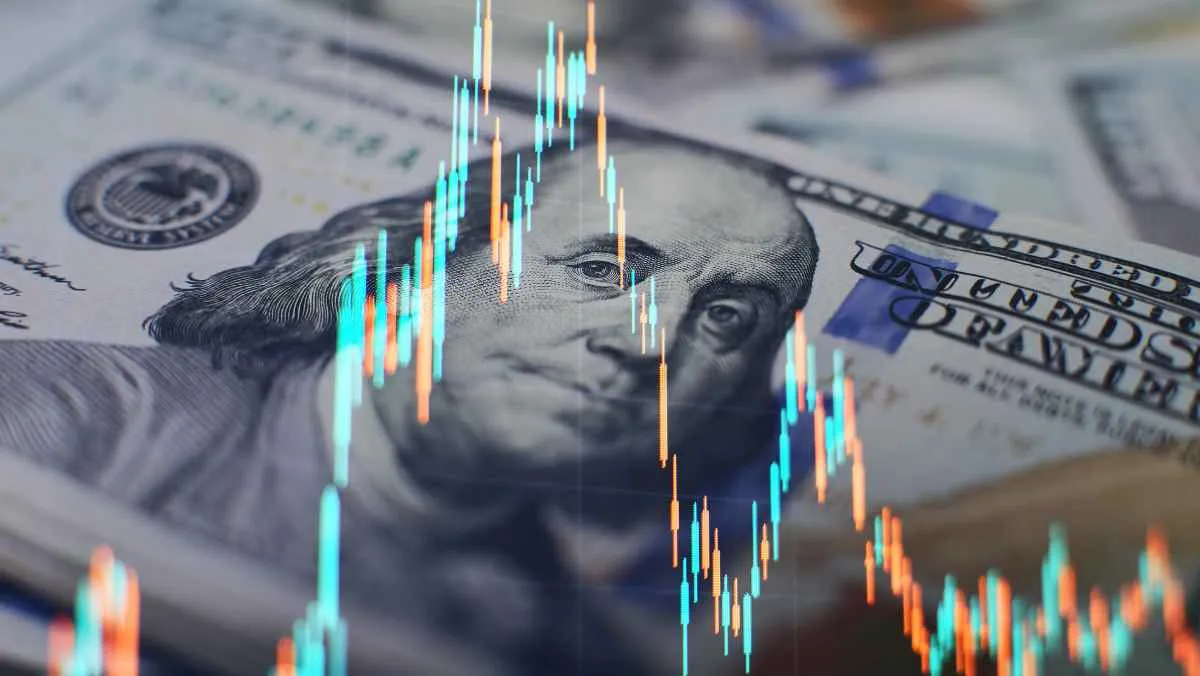Thursday Aug 10 2023 10:12

5 min
ETF stands for exchange-traded fund.
An ETF is a ‘basket’ of different securities gathered into one fund, which is then traded on the stock exchange as a single asset, just like an individual stock would be.
In simple terms, an ETF ‘tracks’ the performance of other assets, including:
And others.
Once the ETF is set up, it will then ‘track’ the combined performance of the assets contained in the ‘basket’.
If the ETF is set up to track a single index – such as the S&P 500 – then the ETF should perform virtually the same as the index itself.
(Though it’s worth noting that ETFs are not guaranteed to track perfectly. There will be some occasions where they move independently of the contained assets.)

For the purposes of trading, ETFs function like a stock. They can be bought and sold on a standard exchange (hence the name ‘exchange-traded’), and they tend to be highly liquid. Compared to trading mutual funds, ETFs are fairly beginner-friendly.
If you want to invest in energy stocks, for instance, but don’t want to try and guess which stocks will be the best individual performers, an energy ETF will allow you to instead invest in the performance of the sector as a whole.
ETFs are less likely to suffer a big drop of 50% or more, because capital is spread across multiple assets. Even if one stock within the ETF ‘basket’ falls by 50%, if the other stocks stay flat, the overall drop in the index will usually be less than 10%. (Though if the market as a whole is down, an ETF tracking it will likely do the same.)
Many traders prefer to focus on whole markets, rather than individual stocks. Let’s say, for instance, you want to trade the S&P 500, because you believe the US stock market will do well over the next week. An ETF allows you to do this with one easy-to-buy trade.
Many traders prefer to avoid the complex process of genuine short-selling. Some ETFs are ‘inverse’, which means they track their particular assets in reverse. In other words, when the stocks or assets go down, the price of the ETF will go up. This is a much simpler method of shorting the market than traditional short-selling.
Leveraged ETFs still track assets, but aim to return multiples of however the assets perform. So, say the gold price returns 5% in a month, a leveraged gold ETF would return 10%, or in some cases 15%. As with all leveraged products, this increases risk. If gold fell by 5%, then the ETF would likely fall by 10%-15%, depending on how much leverage it uses.

Some ETFs are ‘actively managed’, which means that the assets within the fund ‘basket’ are decided by a portfolio manager. These ETFs tend to be more expensive to buy than the passive ETFs.
As we briefly mentioned earlier, if a fund is designed to track a particular sector of the market – such as tech – then the fund by itself won’t offer diversification if that sector falls in price.
‘Liquidity’ refers to how easy an instrument can be to buy and sell. Though ETFs covering major market assets like indices or currencies will tend to be liquid, some funds covering more obscure areas of the market may have liquidity issues in the event of a sell-off.
Unsure how to trade ETFs? Use our CFD demo account to practice trading without risking any real money.
You can sign up for an account here.